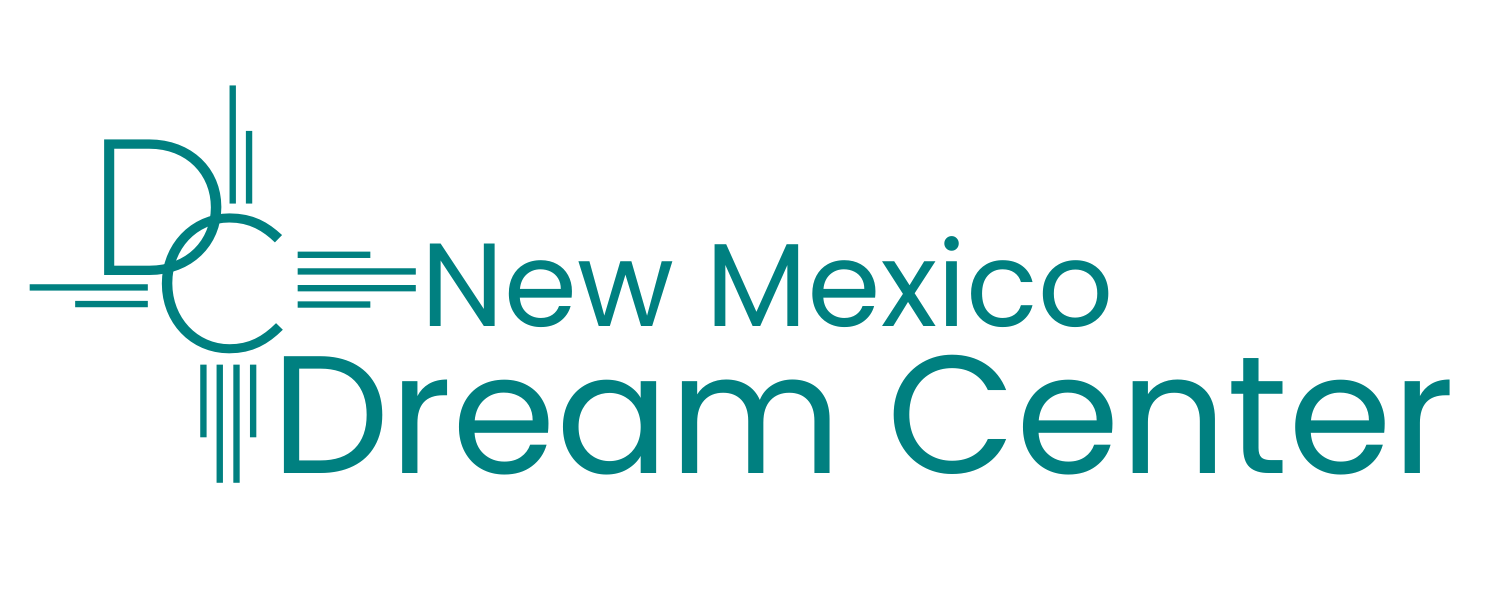HUMAN TRAFFICKING
Today, across the world, there are over 40 million people who are living in some form of modern-day slavery. Women and young girls account for 71% of all modern-day slavery victims. Children make up 25% and account for 10 million of all victims of slavery worldwide. Some of these children live in your state, your town, and on your street.
Yes, New Mexico, even here.
Despite these alarming facts, our state received an F in 2022 on our report card from Shared Hope International. This is an annual data analysis conducted across the United States Each year. According to this report, our laws, services, and prevention strategies DO NOT MEASURE UP!
The New Mexico Dream Center is a part of the New Mexico Human Trafficking Task Force. We are committed to fighting human trafficking in our state and providing services to the young people who have survived. In 2021, law enforcement identified 36 new human trafficking survivors. And local service providers identified an additional 273. This is just the tip of the iceberg.
Human trafficking is often under-reported and victims are difficult to identify. Traffickers target our most vulnerable: young people who run away from home or "throw-away" youth who have been forced to leave their place of residence with no option for alternative care. These unhoused youth often end up forced into sexual slavery and are bought and sold like property.
The average number of victimized youth continues to grow annually, as the demand for young people to provide sex acts thrives. This is a statewide emergency. The New Mexico Dream Center believes that it is the responsibility of every citizen to be a part of the solution to eradicate not only the crime of Human Trafficking but also combat the demand for child victims and provide justice for survivors.
Common Entry Points Into Trafficking
-

Unhoused Youth
The US Department of Housing and Urban Development reported a 27% increase in unhoused individuals in Albuquerque. This was the largest increase in the nation. New Mexico Public School data reported to the U.S. Department of Education during the 2017-2018 school year shows that an estimated 10,683 public school students were unhoused over the course of the year.
-

Familial
Recent statistics report that 42% of victims whose recruitment was known were brought into trafficking by a member of their own families. Family members are trafficked due to poverty, exchanged for illegal drugs, or bought and sold due to generational trauma.
-

Recruitment and Grooming
Recruitment and grooming often happens online, but it can also happen after someone has met in person. Traffickers are experts at finding those moments when people are vulnerable and gaining vulnerable people’s trust in order to exploit them.
-

Gang Affiliation
Individuals who grow up in areas where gangs control most of the commercial activity and the streets are more vulnerable to trafficking. In addition, gangs have found another avenue for revenue—human trafficking—that’s more difficult to detect than other types of crime.


